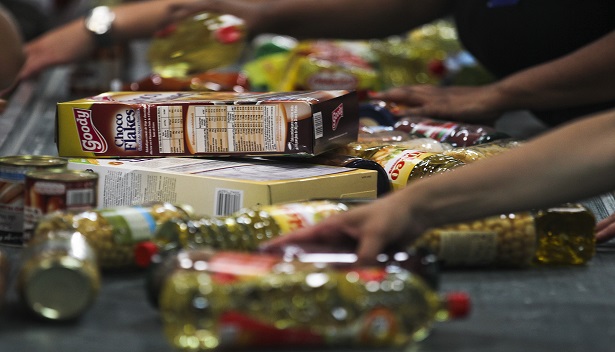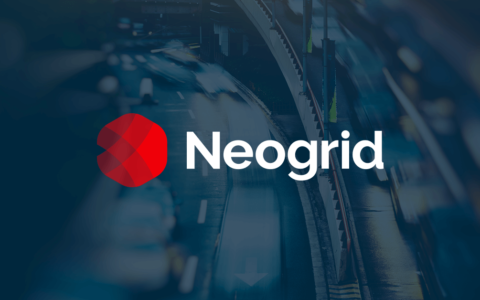
Do you know that monthly supplies purchase you make for the house? Imagine picking up just over a third of what is in the shopping cart at the supermarket and throwing it away in the first garbage you find. You may think: how foolish are you to do that? It may not take place as described in the scene, but this loss happens across the country. Food waste in Brazil, after harvest, takes 35% of food in good condition to the garbage — according to calculations made by FAO (the UN body for Food and Agriculture).
To cut down this waste scenario, supply chain agents have found an ally in technology for the reduction of waste and the financial and environmental impact it brings. In addition, with its application it can meet the longings of the final consumer (increasingly demanding and connected to sustainability issues) and improve their commercial performance .
Technology, then, is used to maintain the synchronized supply chain, to solve problems that hinder a precise and dynamic look over all operations (imagine the complex and time consuming challenge it would be to look at the inventory of all items and all the stores without using a technology solution).
The lack of information on inventory levels affect your visibility and impact on-shelf availability, making it difficult to see the trend for items, for example. By having a precise knowledge of such information, it is easier to keep the inventory at the right level, avoiding oscillations between lack and excess of products.
Learn now about four key features that a technological tool must have to meet the need to synchronize the supply chain and avoid waste:
- Automatic data collection: by receiving daily information on retail, the industry can evaluate the data in a consolidated fashion. This makes it easier to monitor the commercial performance of each of the products in each of the stores and adapt production planning.
- Information integration: with a robust Business Intelligence (BI) solution, the tool can process information originating from several sources (such as from the corporate management system, emails and spreadsheets) with agility to support decision-making. Example: if there is a drop in the consumption of a certain perishable item in a single store, the tool is capable of indicating that this has happened and even allows to track the reason for this drop. With this, it is possible to promptly act on the reduction of losses, which lead to waste.
- Accurate reports for all managerial levels: specific analyses favor the decision to maintain inventory equalized (without excesses or shortages). A specialized tool in the supply chain must deliver reports with the total consolidated sales figures, sales per chain and out-of-stock (for managerial level); daily information, such as inventory position (tactical level); and sales report (operational level) issued every day.
- Complete infrastructure to access the tool on the web: ease of deployment of the solution without major customer investments and without loss of time. The ideal thing is that the tool already has a web system with BI technology for presentation of data with the flexibility inherent to the function. This way, it can act in the short term, reducing current waste.
These features allow your company to maintain a synchronized supply chain, from the equalization of inventory for retail, distributor and industry. This decreases the volume of returns due to expired products, for example, and improves the visibility of storage level throughout the chain.
Adopting the ideal technology, your company will offer wide contribution to reducing waste data and will be in line with the sustainability practices, which is good for the consumer and even better for your business’ cash flow.
Want to learn the latest news and industry insights from NeoGrid? Subscribe to the NeoGride Supply Chain Blog and receive weekly informative updates about everyday issues of business, industry trends, success stories and more.





